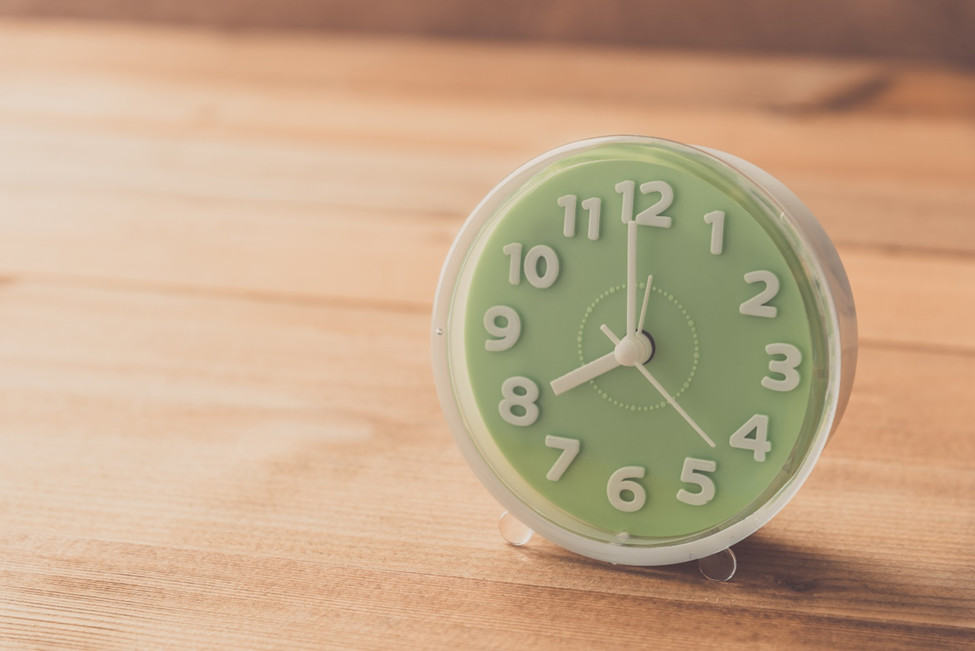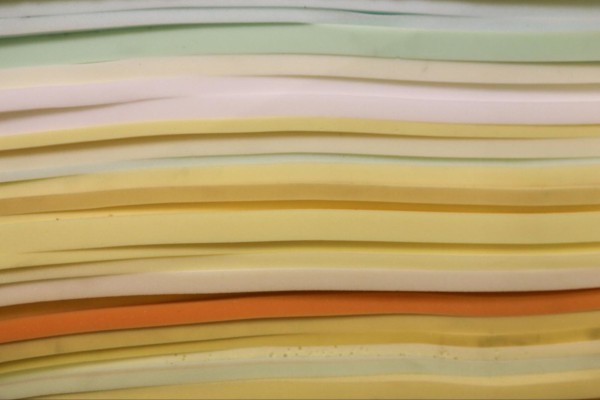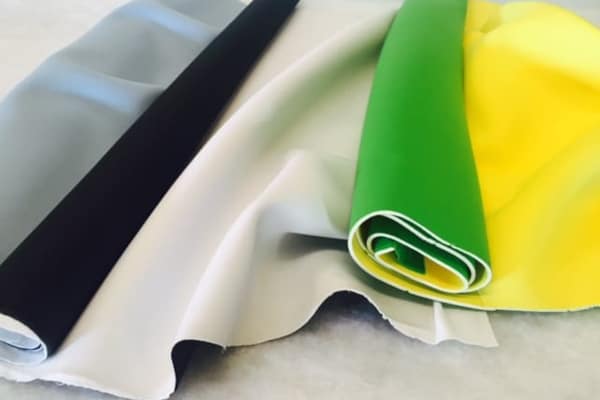Tips for Successful Foam Bonding
Using adhesive foam successfully requires attention to detail and a few techniques to ensure a strong and durable connection. Here are some tips to keep in mind:
Surface Preparation
Prepare the surfaces you plan to bond by ensuring they are clean and free from dust, dirt and oils. This step is crucial for a secure bond.
Apply Even Pressure
When joining foam surfaces, apply even pressure across the bonded area. This ensures that the adhesive spreads evenly and the bond is strong.
Temperature and Humidity
Pay attention to the ambient temperature and humidity levels while working with adhesives. Some adhesives may require specific conditions for optimal bonding.
Follow the Manufacturer’s Recommendations
Always follow the manufacturer’s recommendations for the adhesive and foam materials. This includes curing times and any additional steps or precautions necessary for a successful bond.
Test Before Final Application
Before applying adhesive to your project, it’s a good idea to conduct a test on a small sample of the foam. This helps ensure that the adhesive works well with your specific foam type and that the bond meets your expectations.
Foam Adhesive Applications
Adhesives play a vital role in various foam applications. Here are some foam projects where adhesives can be useful:
Upholstery
Upholstery foam is commonly used in projects such as reupholstering chairs and sofas. By following our DIY Foam Cushion Guides and using foam adhesive to help secure the foam padding to the furniture frame and fabric, you can ensure a comfortable and long-lasting piece.
Cosplay and Costume Making
Using EVA foam for cosplay is a popular choice for creating costumes and props since it is versatile and easy to work with. Adhesives allow cosplayers to assemble intricate costume pieces, ensuring they stay in place during conventions and events.
Soundproofing
Acoustic foam is often used for soundproofing applications. Adhesives help secure the foam panels to walls and ceilings, reducing noise transmission and improving acoustic performance.
Insulation
Neoprene and other foam materials are used for insulation since they resist most water, oil and chemicals. Proper adhesives ensure the insulation panels stay in place and effectively regulate temperature.
Arts and Crafts
Foam is a versatile material for arts and crafts projects such as costumes, koozies and model houses. Adhesives make it easy to attach foam pieces together, creating 3D sculptures, greeting cards and more.
Using adhesives with your foam project is critical for achieving a strong and durable bond. With various foam types and adhesive options available, it’s important to consider factors such as compatibility, bond strength, drying time, flexibility and environmental conditions. By following the tips for successful foam bonding and understanding the specific requirements of your project, you can ensure that your foam projects are secure and long-lasting.






